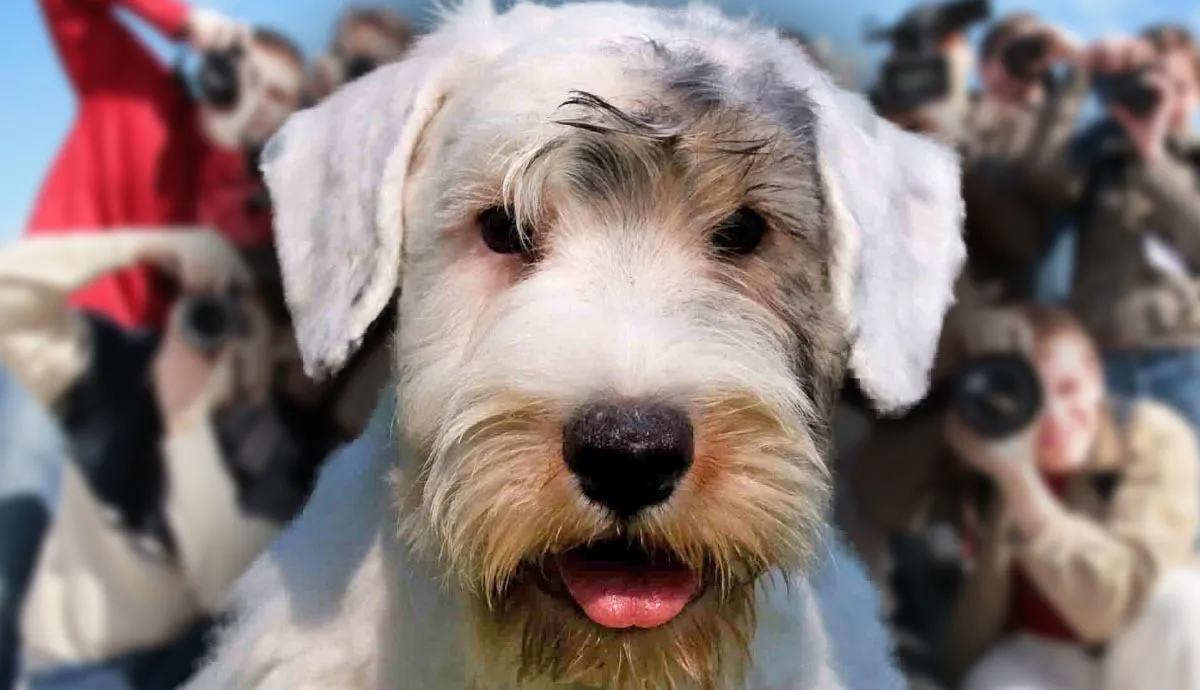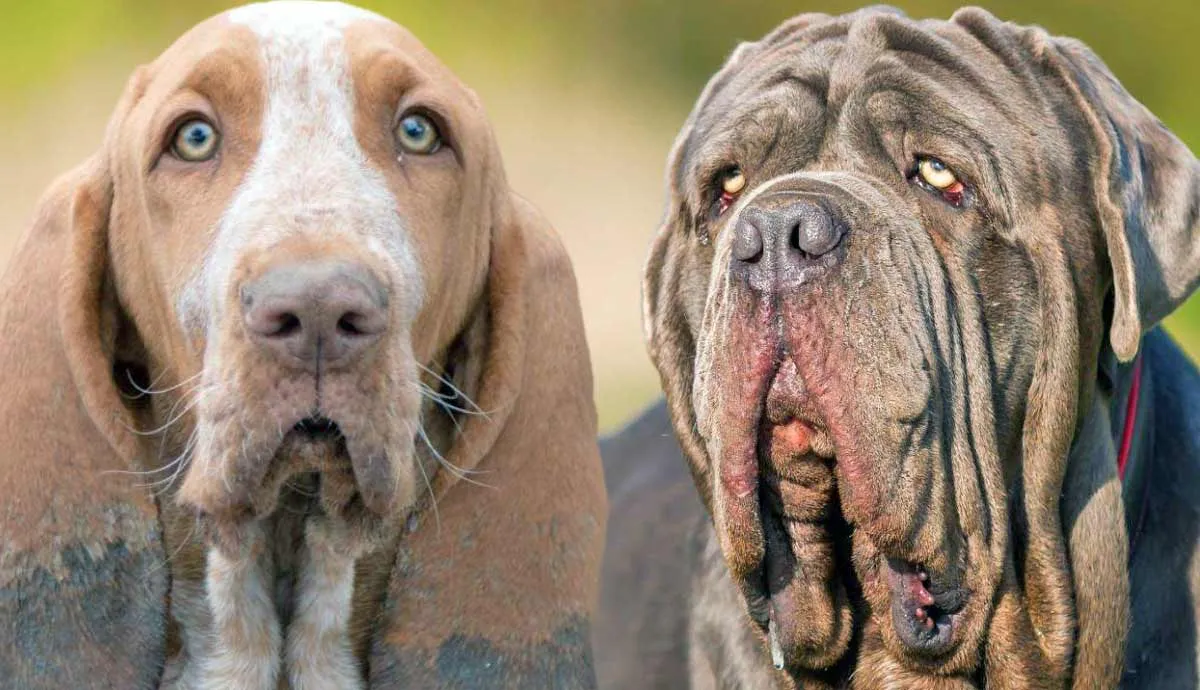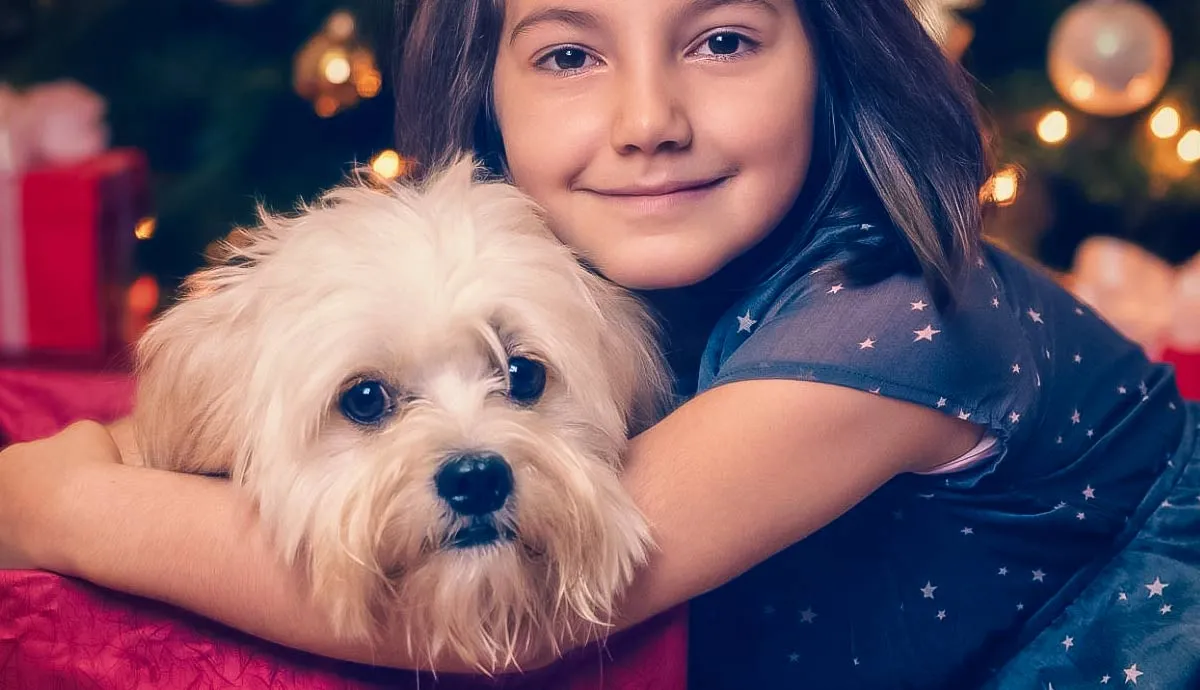The Boerboel is an extremely tough and protective dog, best described as the ultimate guardian and devoted canine companion. They have incredible strength, with some weighing over 200 lbs, and were originally bred to work on farms, but their loving nature hasn’t gone unnoticed. These large South African mastiffs have crept into the hearts of many dog lovers across the world and have become incredible family pets. If you’re curious about this breed, then it’s time to officially meet the mighty South African Boerboel, so let’s start with 9 important facts.
1. The Boerboel Breed Comes from South Africa
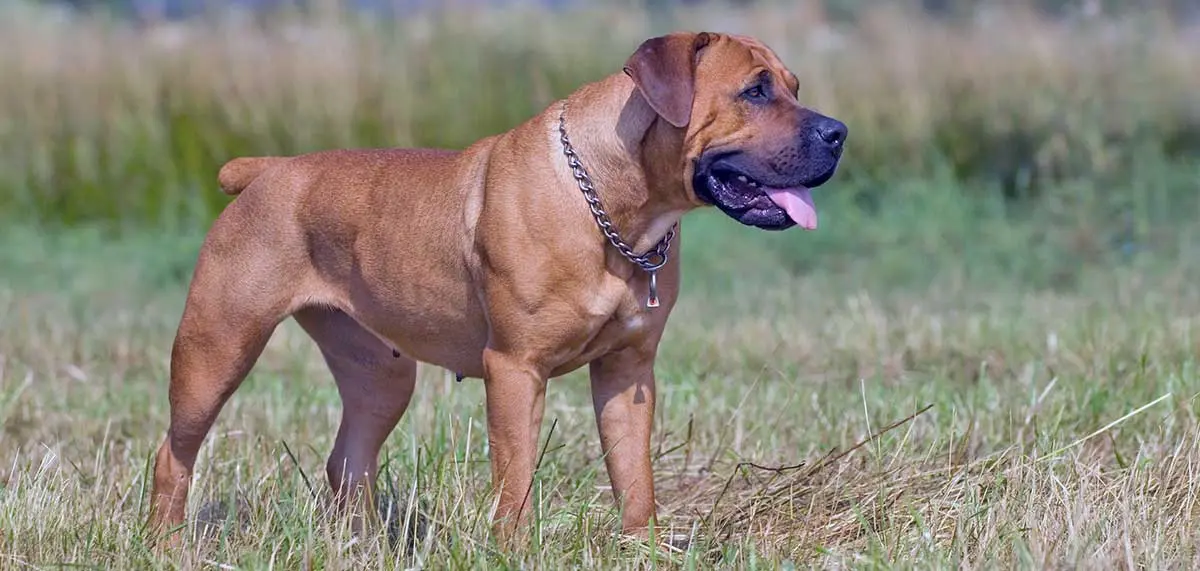
Intimidating and menacing define the appearance and personalities of Boerboels, and for good reason. The origin of these gigantic canines can be traced all the way back to the 1900s in South Africa. Here, the local Dutch or Afrikaans farmer, who was called a “boer,” crossed the mastiff and “boelhond,” known as the bulldog. This gave way to the name Boerboel, a mighty dog that was meant to endure harsh conditions while fiercely defending the homestead.
They would guard livestock against predators, including leopards and baboons, which called for bravery when facing these predators. Yet they were gentle enough to guard lambs, goats, and even chickens. To ensure that they could patrol the farm and take on unwanted visitors, farmers bred very large and muscular dogs with powerful jaws. An interesting fact about Boerboels is that farmers would use them to hunt large troops of baboons that were responsible for attacking livestock. They were the only breed that was determined and powerful enough to take on an entire pack of baboons.
2. The Boerboel Can Weigh More Than 200 Pounds
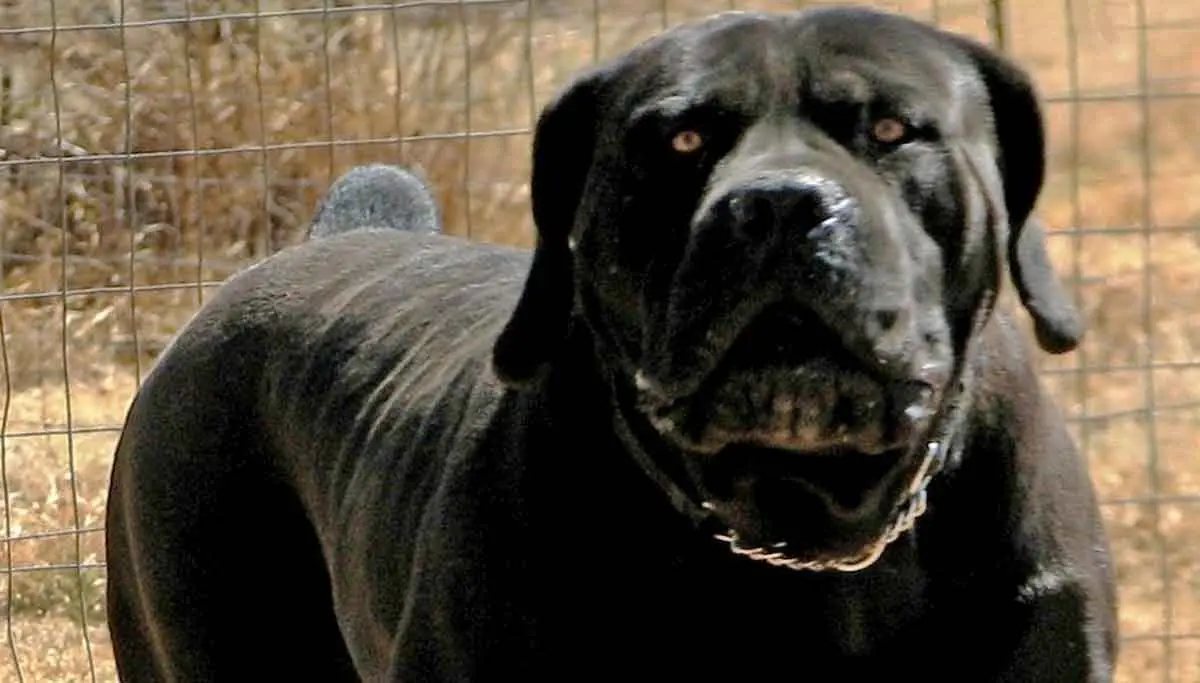
When Boerboels were first bred by South African farmers, they were lean and muscular, with impressive size. Despite their large frames, these dogs had to have stamina to patrol the land or keep up with farmers while on hunting expeditions. They can easily reach a weight of 200 lbs with a shoulder height of 25 to 27 inches. Today, many have criticized breeders for developing dogs that are far too big and disproportionate, with an emphasis on size rather than endurance and agility. An oversized Boerboel can lead to numerous joint problems, including hip dysplasia and the risk of knee injuries.
If you are interested in a South African mastiff, it’s important to consider their adult size in terms of yard space, healthcare, and training. Losing control of such a powerhouse of a dog on a walk is unpleasant and definitely not safe. To prevent being pulled off your feet while walking them, take the time to train them from young. Another necessary step with a Boerboel is to keep their weight under control to prevent health complications and chronic care.
3. Boerboels are Friendly and Protective Dogs

I can vouch that a Boerboel can be everything from mischievous and playful to extremely alert and protective. Their protectiveness is one of the reasons they make such excellent guard dogs, and it stems from their breeding.
Unlike bully breeds such as pitbulls that went from guarding livestock to dog fighting, Boerboels originated for the sole purpose of working on farms. They were also bred for loyalty, and if you don’t socialize them from a young age, these impressive dogs will treat strangers with suspicion. When they’re raised with their family, however, they are considered sweet and so loving that many Boerboels end up taking over their owners’ beds! They like to know where you are, and when properly bred and raised, they are friendly but always cautious when introduced to new people.
Positive reinforcement using treats and praise is great when visiting the veterinarian to encourage confidence and reduce fear. It will go a long way toward getting them through the door of the animal clinic when they need checkups or treatments. When a Boerboel puts the brakes on, it’s very hard to get them to move when they’re 200 lbs of muscle.
4. Boerboels Have Few Grooming Requirements

Boerboels have short coats that don’t shed very often, which makes them easy to groom. They do enjoy a good brush, which is a simple way to remove the dirt and dander that settles on their skin and in their fur. You don’t have to fuss too much about keeping them clean, and unlike a Schnauzer or a poodle, they don’t need a trim or blow at the dog parlor. Boerboels should be bathed every month or every two months, depending on the condition of their coats. If you notice dull hair and a bit of an odor, then it’s definitely time to give your dog a bath. Other than a good brush and a bath, you won’t have to worry about your Boerboel’s coat.
5. Boerboels are Affected By Several Health Problems
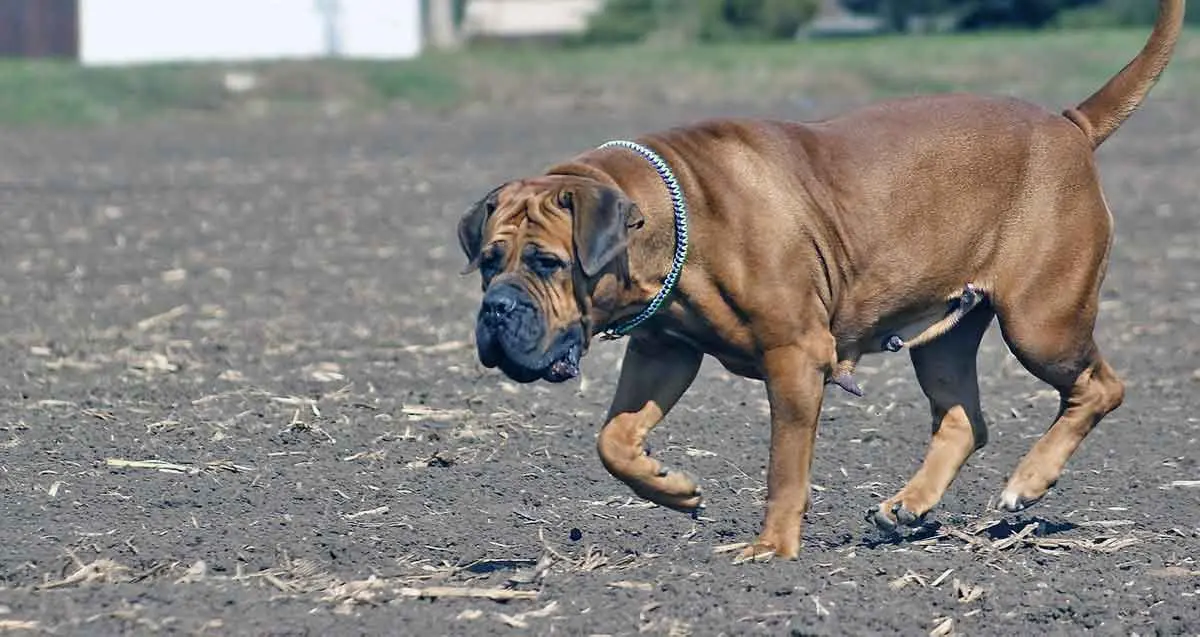
Boerboels are hard workers on homesteads and reserves, but their frame and weight eventually lead to joint injuries. One such injury is a cruciate ligament tear that causes problems in the knee and eventual lameness. Another joint-related problem that affects the mobility of Boerboels is hip dysplasia. Signs of hip-related issues include swaying while walking, an inability to lie flat on their back, and throwing their hinds sideways when sitting. Some Boerboels are allergy-prone and sensitive to ingredients in dog food, such as corn, that lead to hair loss, hot spots, and gastrointestinal upset. Lastly, cancer and heart disease are prominent in this breed.
6. Boerboels Make Good Family Pets
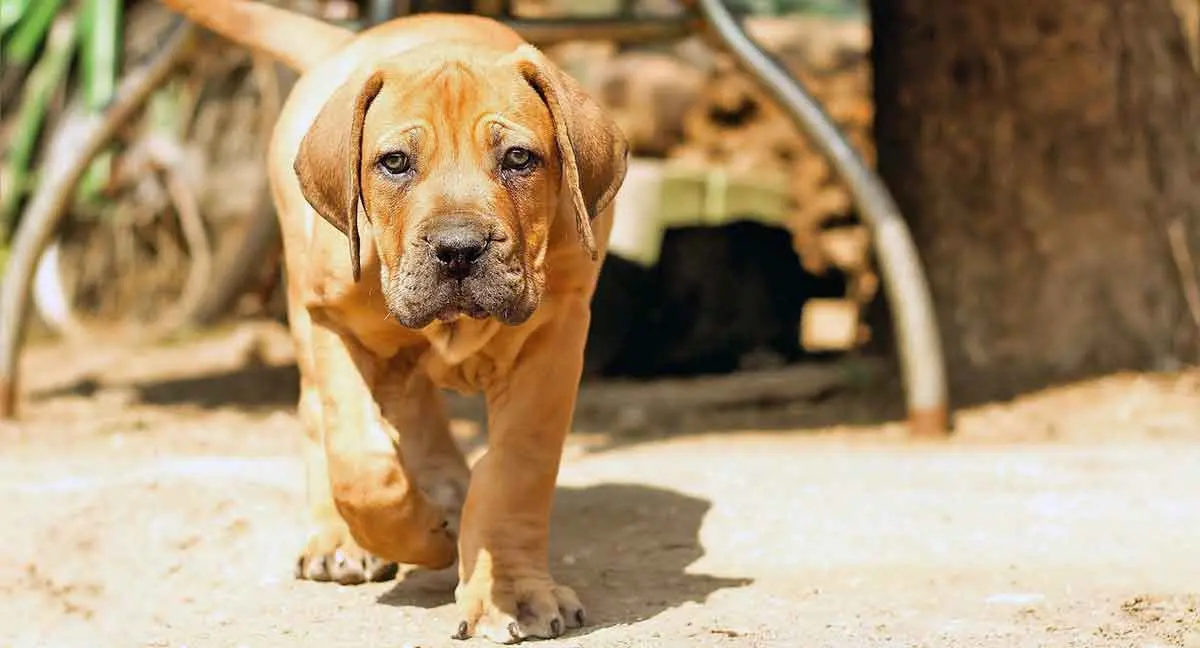
Boerboels are courageous dogs but can they be trusted around children? Very few would believe that such a large and angry-looking dog could ever be around kids, but Boerboels are very gentle with their family, especially children. Of course, you should always monitor young ones around dogs, but Boerboels are generally placid when interacting with them.
Some South African mastiffs are so quiet that you have to be more concerned about children being too rough with them and not the other way around. Boerboel puppies particularly enjoy playing with their toys and have a great deal of energy, making them perfect playmates for kids. As puppies bite and jump, which they naturally do, they must be corrected with a firm “no” or “leave” and redirected with a toy. Regular training is a must when it comes to this breed. You don’t want a 150-lb dog jumping on you or your guests.
7. Boerboels and Aggression
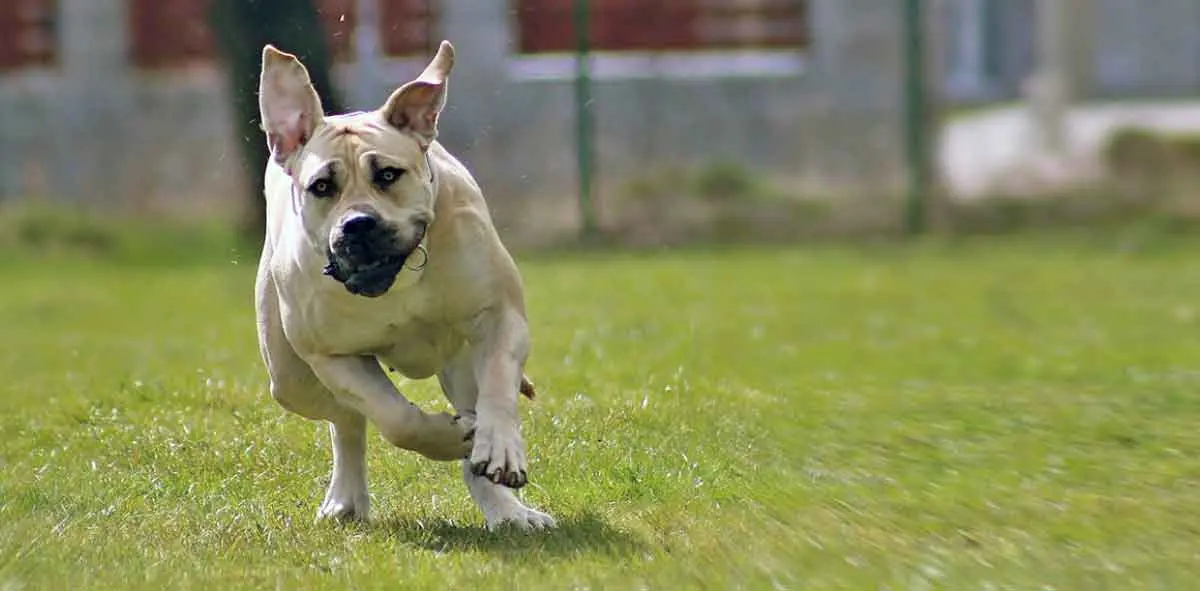
What you should be mindful of when it comes to Boerboels is their instinct to protect. These dogs will go into guardian mode without any formal training. If you are in a situation where you’re threatened, your South African mastiff is sure to sound the alarm. Boerboels are not necessarily aggressive dogs, but like most bully and mastiff breeds, they need to be introduced to people and other animals from young. I cannot emphasize socialization enough because it helps these massive dogs overcome fear and anxiety. It also teaches them to accept new people and pets without becoming protectors. Due to their tremendous size, Boerboels must be controlled through discipline, particularly around children and other animals.
8. Boerboels are Not for First-Time Dog Owners
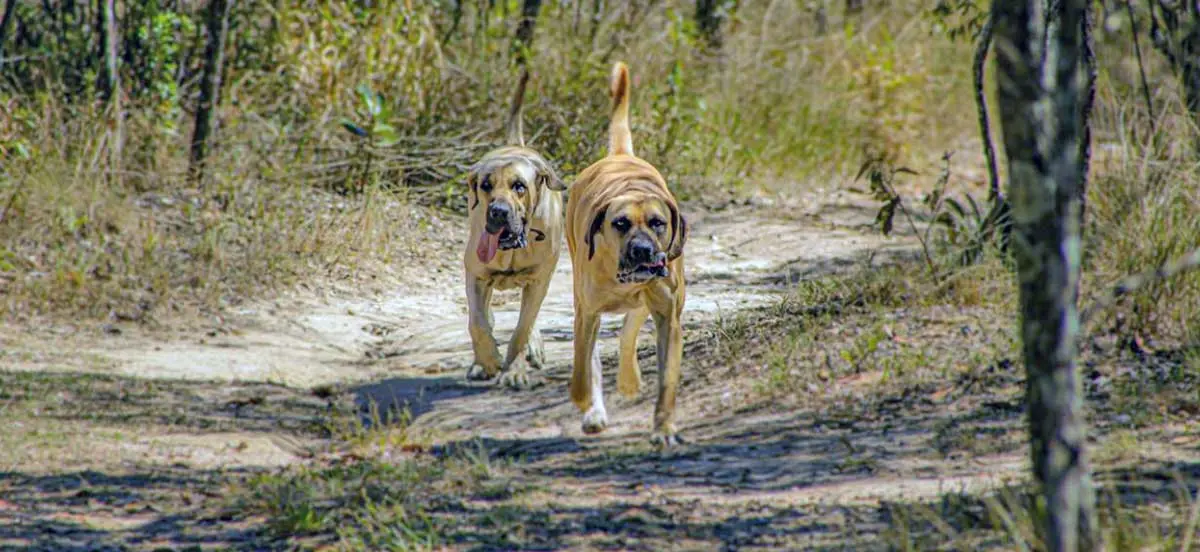
The only reason that a Boerboel isn’t recommended for a first-time dog owner is due to their strong protective instinct. Their strength shouldn’t be ignored either, but their purpose is to guard both livestock and their people. If they aren’t trained with firm leadership from the puppy stage, they will take over and use their weight and power to get their way. They will protect you from anything and everything, including other dogs. They can be strong-willed and dominant, which doesn’t make training easy.
Despite their loving and loyal temperament, you have to stick to consistent rules and exercise, such as regular walks, to keep them under control. They are also expensive to feed and placing them on a good quality pet diet is a must. Supporting healthy bone and muscle development can delay the onset of arthritis and prevent severe injuries. If you can’t commit to this routine from puppyhood through adulthood, then a Boerboel might be too much for you to handle.
9. Boerboels are One of the World’s Strongest Dog Breeds
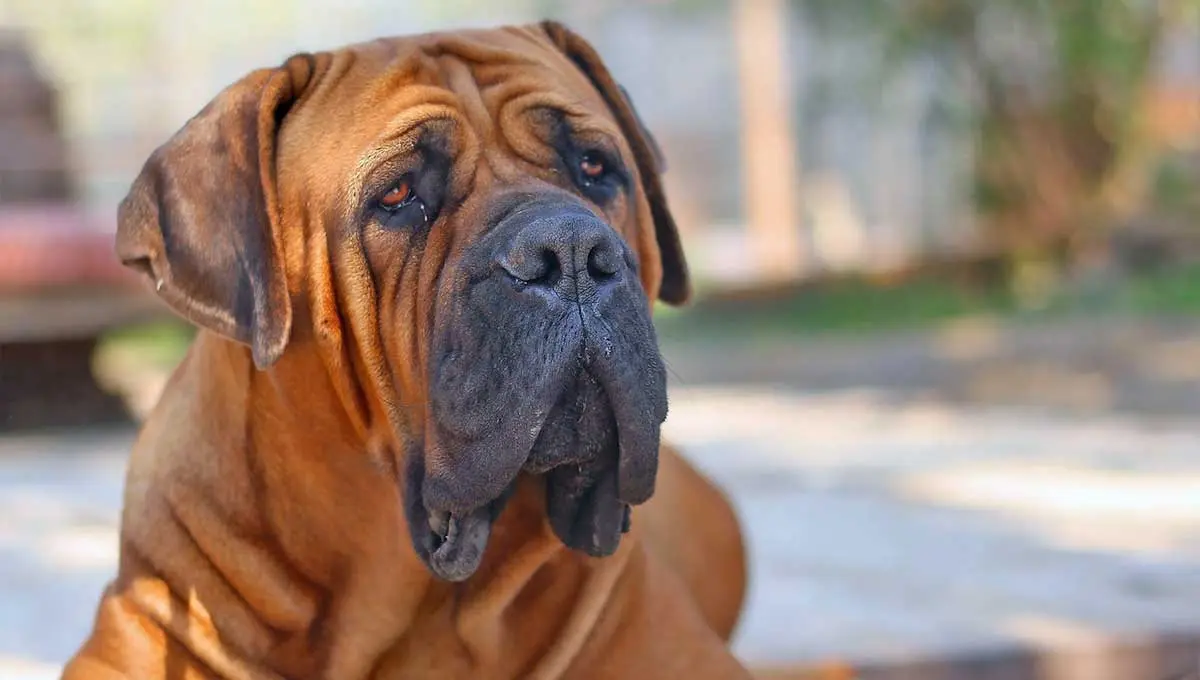
Boerboels have block-shaped heads, large jaws, and muscular bodies. Their tails are muscular too, and that’s why Boerboels usually have their tails docked. Their heavy tails are at risk of injury when wagging and hitting something. It’s also not a fun experience to get whacked by the wriggling tail of a Boerboel!
Interestingly, these agile dogs were used to track animals when they would hunt with farmers in the bush. There are many stories about Boerboels overcoming lions; however, it’s unlikely that a fully grown lion would succumb to a Boerboel. What is certain is that they are one of the world’s strongest dogs, capable of delivering a bite force of 850 PSI. That’s close to a grizzly bear of around 980 PSI. A Boerboel is a big dog, and they can be immensely stubborn, but they are lovable and trusting and make an exceptional fur companion.



